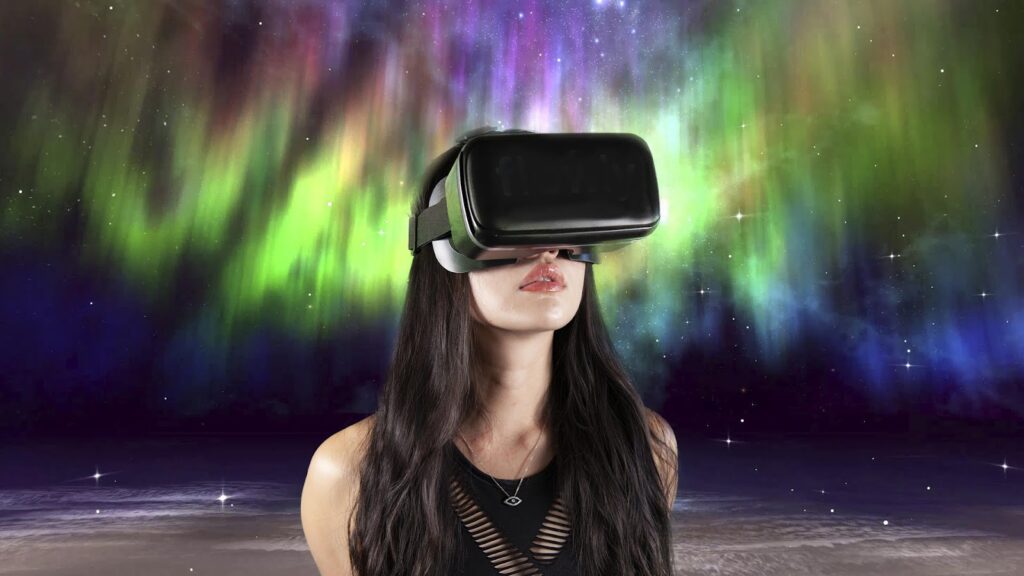
By Celine Tien
There is a common misconception that flow state can only occur spontaneously. In fact, there are a few tried and true methods for generating flow state for an individual. Today, we will touch on three primary ways to achieve flow state.
In recent articles, we’ve explored the concept of flow state and how it can be a beneficial tool for those with chronic pain. But how do you achieve “flow?”
First method: Engage in a hobby
The first method is arguably the most accessible way to achieve flow state for most individuals: engage in an activity you are passionate about.
For many people, engaging in an activity they love can move their mind and body into flow. Some examples might be writing, coloring, baking, playing basketball, playing tennis, video gaming, and more. Individuals have reported that even knitting once a day can help generate flow, making them utterly focused yet relaxed while completely absorbed with the act of knitting itself.
If one particular activity does not immediately come to mind, then an individual can afford themselves the time to experiment with various activities that could put them into flow.
Even an adult coloring book can be the answer.
It’s important that there is an element of consistency to the activity such that an individual is strengthening their ability to trigger and activate flow state in themselves. Setting aside ten to thirty minutes a day to engage in such an activity can help increase opportunities to experience flow state.
While engaging in an activity you are passionate about can be rewarding, the circumstance around the activity and extraneous factors such as kids running around, daily hormone shifts, and time of day can prevent an individual from experiencing flow state.
The second method for achieving flow state is more consistent: heart rate variability (HRV) biofeedback.
Second method: Enter flow through biofeedback
Biofeedback is the ability to see what your body is doing in real-time and then learning how to change it. It is a type of training and therapy where a practitioner or biofeedback specialist will apply various biometric data sensors to an individual’s body. Both the specialist and the individual can then monitor and see metrics such as heart rate, brain waves, body temperature, and more on a computer screen in front of them.
The specialist will then walk the individual through a series of relaxation exercises and point out how the individual’s biometric data is changing as they are becoming more relaxed. With repeated practice at biofeedback, an individual can start to learn how to engage those body functions on their own such that they can voluntarily put their body into a state of relaxation.
Heart rate variability (HRV) biofeedback specifically focuses on teaching an individual to increase their HRV. HRV is the measure of the variance in time between heartbeats. HRV can be very complicated, but the most important thing to know is that HRV can be a measure of the autonomic nervous system. Learning how to control one’s HRV through biofeedback can directly affect an individual’s nervous system.
In fact, an increased HRV can force an individual’s body to activate their parasympathetic system, their “rest, digest, and recovery” mode, to then lead them toward flow state. This can be powerful because HRV biofeedback becomes a tool to train your body to move into flow state on command.
Biofeedback is traditionally hard to access. It requires facilities that support biofeedback equipment and a specialist to conduct the biofeedback training with you. However, new technology now enables you to do biofeedback at home.
Virtual reality and HRV
Doing biofeedback in virtual reality (VR) can be effective because it intuitively teaches an individual how to control body functions (in this case, HRV) in an immersed and focused environment.
For example, an individual can wear a VR headset from the comfort of their bed and experience a VR environment where it feels like they are sitting on the beach with the night sky and aurora borealis above them. At the same time, they are wearing a Bluetooth heart rate sensor.
In the VR beach environment, they will see their real-time heart rate graph. Then, through a calibrated breathing guide and voice-over, an individual will be guided towards increasing their HRV, activating their parasympathetic system and encouraging flow state.
As their HRV changes, the world around will change: the aurora borealis will become more colorful and bright, and constellations will form in the sky.
There are various ways to tap into flow state outside of VR, including experimenting and identifying an activity in which you can most consistently experience flow state.
Chronic pain is an incredibly complex disease, but for most pain patients, the nervous system plays a key role in how they physiologically and psychologically manage their pain on a daily basis. Learning to move into flow state provides an opportunity to bring an individual’s nervous system back to a state of balance.
U.S. Pain does not endorse or recommend the use of any particular product, medication, procedure or therapy. Information is provided for educational purposes only. Always seek the advice of your physician or other qualified health provider with any questions you may have regarding your medical condition and appropriate treatment.

About the Author
Celine Tien is the founder of Flowly: relaxation training, a mobile platform that combines virtual reality and biofeedback training to help individuals transition from pain state to flow state. Tien is also Principal Investigator on National Institute on Drug Abuse-backed clinical trials at the University of Pittsburgh Medical Center and USC.
